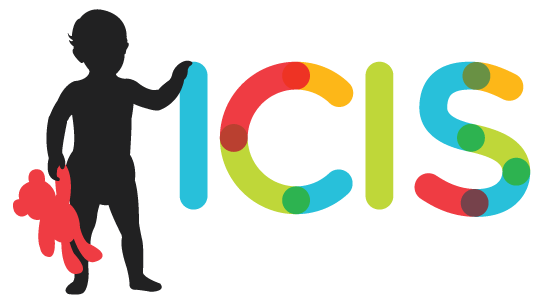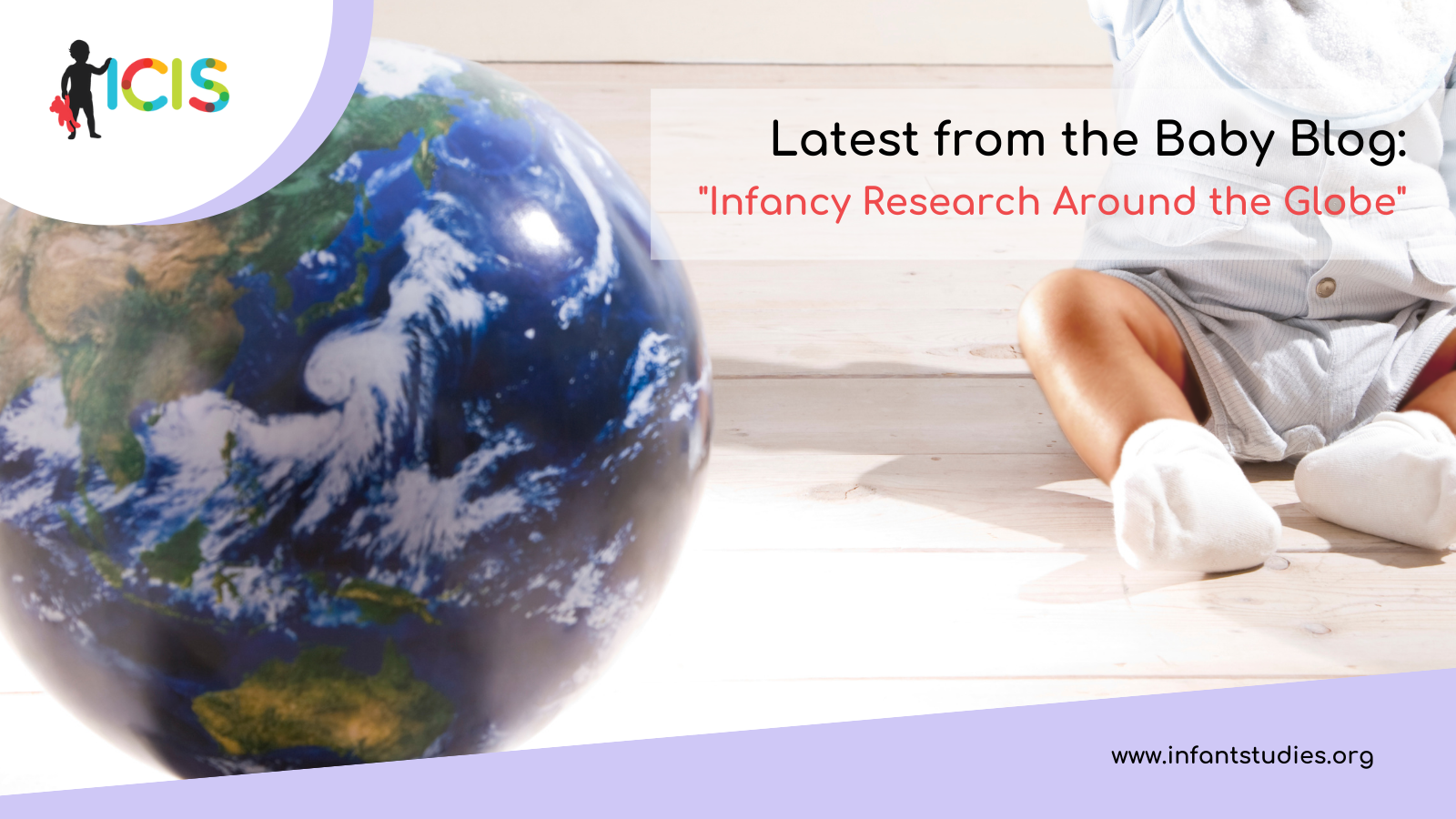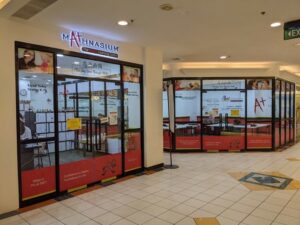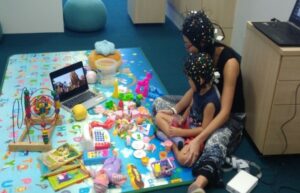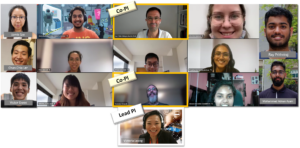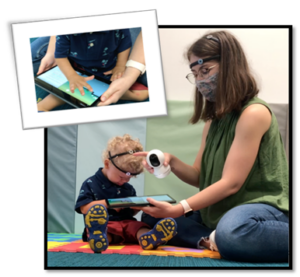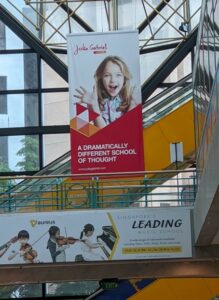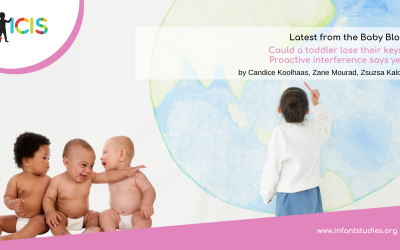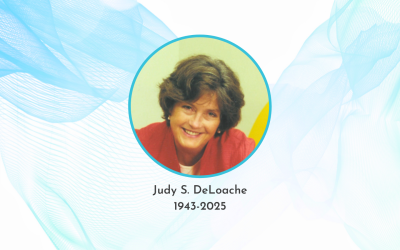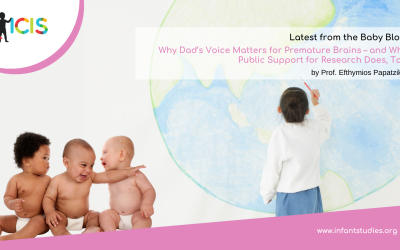by Victoria Leong and Arya Bhomick
As an international society, ICIS is committed to representing research from around the globe. “Infancy Research Around the World” is an ICIS Blog series that highlights the important work of our international society members.
As a small nation-state with few natural resources to count on, Singapore relies on human capital – Singapore’s “principal and most valuable resource”, according to the National Research Foundation. This constraint on human capital as a primary economic driver, coupled with deeply entrenched cultural sensibilities that value scholarship and learning, has propelled Singapore to the top of international education league tables.
The façade of a maths learning and tuition centre in Singapore (Credit: Arya Bhomick)
For example, in 2018 Singaporean 15 year-olds held the top spot in the OECD PISA (Program for International Student Assessment) test on global competence and ranked second in the world on mathematics, reading, and science. National esteem for academic excellence and a desire to maintain its leading edge also underpins a key strand in Singapore’s research funding masterplan, which aims to make Singapore a leading hub for the advancement of human potential and the Science of Learning, fostering a generation of “lifelong learners”. Crucially, Singapore’s leaders recognise that learning begins in the perinatal period, and research into early human neurocognitive development is rapidly gaining pace on this small but highly-educated and technologically-advanced island. To understand the work and life of infancy researchers in Singapore, we spoke to two developmental neuroscience graduate students about life in Singapore and the advantages and challenges of studying local infants and families.
Giulio Gabrieli is a PhD student in the Social & Affective Neuroscience lab at Nanyang Technological University in Singapore. He uses behavioural and neuroimaging techniques in order to understand how infants and adults interact or cooperate together, or how they perceive one another. Giulio typically runs “hyperscanning” neuroimaging studies that involve bringing pairs of participants into the lab and capping them to measure brain activity as both mother or father and child engage in a task, like playing together or watching a video. As with most human research, Giulio’s lab has had to pivot their data collection strategies to accommodate COVID-19 constraints. “During the pandemic we switched to online studies – what we’re studying now is adult perception of children’s and adult’s faces.”
fNIRS hyperscanning with a parent-child dyad (Credit: Social & Affective Neuroscience Lab, NTU)
Singapore is a multicultural, multi-ethnic and largely bilingual society, which generates unique challenges and opportunities for infant research. Giulio speaks about the way the lab needs to reflect the different swathes of the country’s population. “One of the first challenges is connected to language. In Singapore almost everyone is bilingual but people are more familiar with one language over the other, so what we tend to do in our lab is to have people who can speak with the participant in their native language if possible, so we tend to have a mix of Chinese Singaporeans or Malay Singaporeans that are able to communicate efficiently, especially with young children we’re testing… So the challenge is having not only a multi-ethnic society to study but also a multi-ethnic laboratory that we can rely on to collect data from participants.”
Example of a multicultural infancy research team in an online meeting (Credit: BabyLINC SG Lab, NTU)
Masters student Maria Rozhko at the BabyLINC SG lab agrees. “Of course, conducting research in developmental psychology and neuroscience with multilingual participants poses some challenges. For example, it means that researchers must carefully assess the amount of each language that the child is exposed to and can understand or speak. Also, some research tools and test batteries might need to be translated or adapted for a multilingual child.” For Maria, however, there are other more personal challenges and opportunities afforded by Singapore because she is the mother of a young child herself. She and her family moved to Singapore from the UK when her son was eight months old.
Maria and her son demonstrating prototypes for new infant wearable sensor technology being developed by the lab (Credit: BabyLINC SG Lab, NTU)
Maria explains how Singapore differs from the UK in terms of her life here with her young child. “What struck me was the huge number of children’s enrichment centres… and the money they cost! In general, Singaporean parents seem very invested in their children’s academic education from a very young age – something that I didn’t feel as strongly back in England. Many local parents want to raise their children to be equally fluent in at least two languages, for example English and Chinese. For this reason, most preschools offer a ‘bilingual’ curriculum with 50% of classes delivered in English and the other 50% in Chinese. Self-discipline is another highly valued quality in Singaporean children, which is why some preschools give homework to even 3-year-olds. As a parent who has visited a few preschools and spoken to other parents, I can certainly feel this culture of academic and career competitiveness that Singapore is renowned for. At the same time, Singapore feels more multi-cultural than any other country I have been to. There are a lot of activities for children that honour different traditions and celebrations, which, personally, I think is a great environment for raising a child.“
Banners advertising speech and drama programmes and music lessons (Credit: Arya Bhomick)
Maria is particularly interested in the role that maternal mental health plays in the development of infant social and cognitive skills. She observes that the diversity of Singapore’s population lends itself particularly well to understanding cross-cultural differences in the expression and effects of maternal mental illness on the parent-child dyad. She hopes that her own studies, including culturally diverse participants, will promote more generalizable and globally-representative research. In this era of COVID depression, the optimism and ambition of these young developmental scientists is a rare boon and bodes well for the future of infant developmental neuroscience in Singapore.
About the Authors
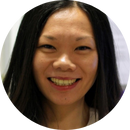
Victoria Leong
Nanyang Technological University

Arya Bhomick
University of Cambridge
